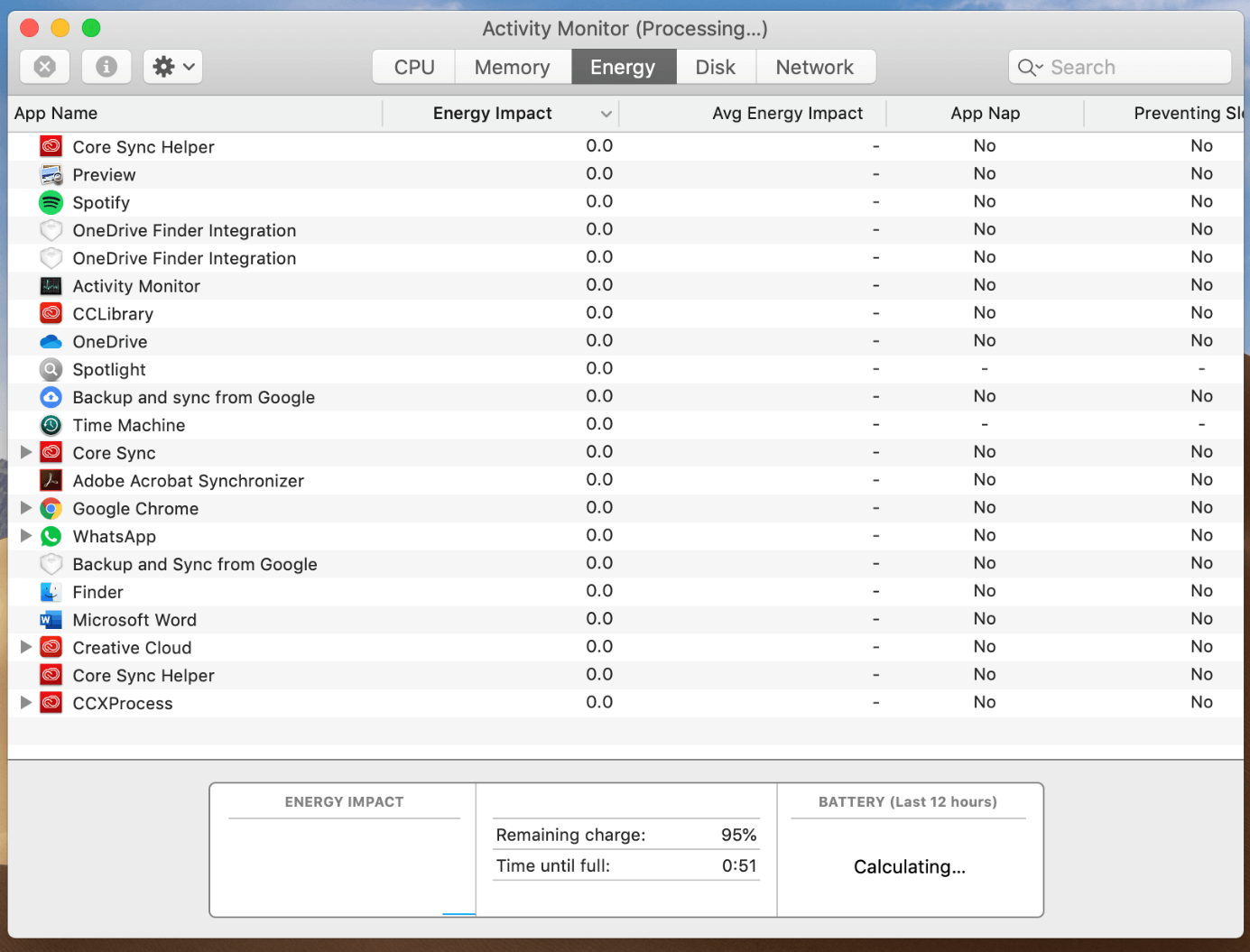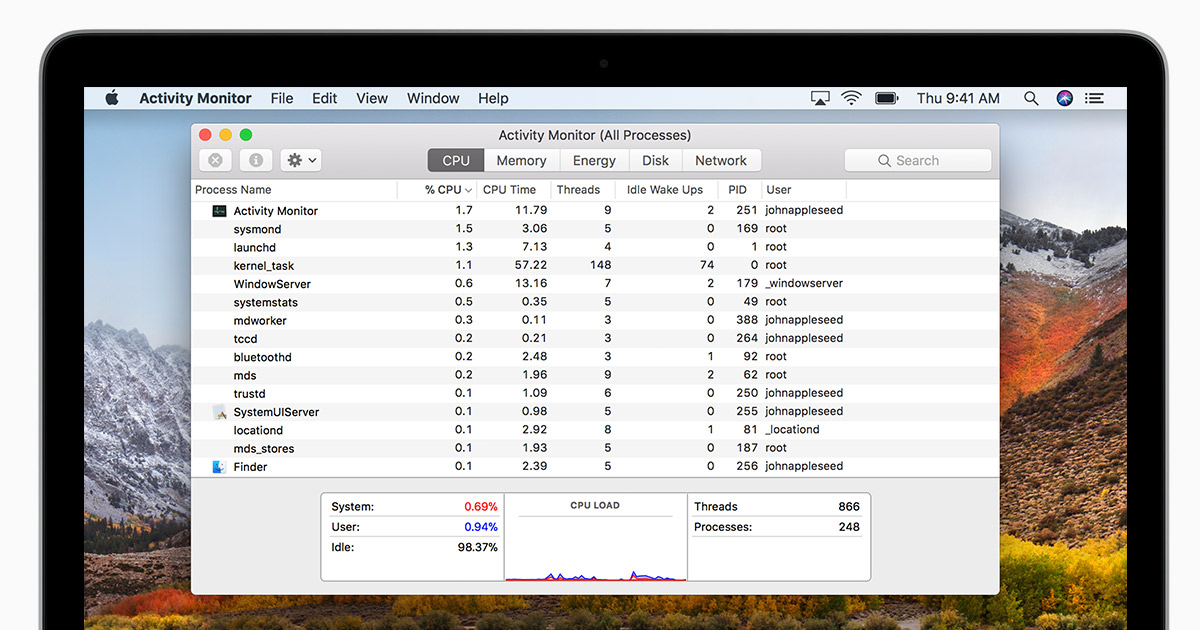

- Where is the mac task manager install#
- Where is the mac task manager free#
- Where is the mac task manager windows#
So there is actually data in the cache that Windows says is available. The combination is what Windows calls Available.
Where is the mac task manager free#
The Available MB of memory is comprised of both the Standby and the Free… the stuff in Standby is what Windows has put in the cache (but can be booted out if needed), and Free means it is not even being used at all.

That way Windows OS is always guaranteed to have a certain amount.Ĭlick here for more info on setting Max Memory: Īnother good reference for setting Max Memory for SQL is here: Īnd when looking at Resource Monitor, it is a mistake to use the Available and Free metrics as the key indicators for determining overall system health. This is not optimum for stability or performance, and it is highly recommended to set the limit in the Max Memory Setting as a best practice. And then proceeds to build back up again to maximum amount. When windows asks SQL to give it back, SQL gives it back in huge amounts.
Where is the mac task manager install#
The default memory setting when you install SQL is for it to use all of the memory. As long as the OS doesn’t need to use it for anything, SQL will hold on to it for future use. SQL doesn’t let go of memory unless the server comes under memory pressure (like if other apps need memory and Windows sends out a memory pressure notification). This isn’t an indication of performance stress…it’s just showing that SQL has reserved all the memory that we told it to use (through setting min and max memory on the SQL instance properties ). SQL will take all the memory that is allocated to it when it is needed, store data and execution plans in the buffer, and when it is through using it, it doesn’t release it…it caches that data into memory until either 1) SQL needs it again, or 2) Windows OS requests the memory. SQL is a memory hog, and will hold onto all the memory we allocate to it, whether it is actually using it or not.

It will immediately release any memory to the OS if needed. SQL will use as much memory as it can get, to improve performance by caching tons of data in memory in case it needs it, to avoid having to go to disk. What I usually see is that CPU is low, disk usage is low, and memory used is high – which is what we expect on a SQL machine. Information that doesn’t exactly mean what it implies.Īfter speaking with my very worried client, I checked around on the servers and looked at many performance indicators. If you are looking at it to get accurate values for memory (RAM) usage or CPU time, you will get not-so-accurate information. And Task Manager is just that, a task manager. Recently, a client of mine contacted me in a panic because almost all of the memory on the SQL server was used up…according to Task Manager, that is.ĭon’t panic…task manager is probably lying.


 0 kommentar(er)
0 kommentar(er)
